The First Christmas Celebration – 336 A.D. in Rome

Updated article: THE ASTROLOGY OF CHRISTMAS: 336 – 1955
The first Christmas celebration by the early Christian Church occurred 331 years after Christ’s Crucifixion in Jerusalem – April 3rd, 33 A.D. (during the Lunar Eclipse at 5:12 PM LMT) and Pentecost – which is considered to be the inception date of the Roman Catholic Church. In an old list of Roman bishops, compiled in 354 A.D. these words appear for 336 A.D.: “25 Dec.: natus Christus in Betleem Judeae.” Translation: December 25th, Christ born in Bethlehem, Judea.
Pope Julius I – the bishop of Rome (from 6 February 337 to his death in 352), declared the nativity celebration of Christ on December 25th because it coincided with the pagan tradition of Winter Solstice.
Above is the horoscope of the first Christmas celebration that occurred in Rome on December 25th 336 A.D. during the first Mass upon sunrise 7:30 AM Local Mean Time. In the first Christmas celebration event horoscope, we note the placement of the Moon in Pisces. Many Christian symbols for Christ use the astrological symbol for Pisces, the fish. The twelve apostles were called the “fishers of men,” and early Christians called themselves “little fishes,” and a code word for Jesus was the Greek word for fish, “Ikhthus.”
We also note from the first Christmas Celebration horoscope, the ingress of Uranus on the cardinal axis at 0 Aries, and the Neptune-Pluto square alignment, both mundane astrological portents that augur Christianity’s remarkable rise to prominence from a tiny persecuted cult to the established religion that would dominate in the medieval West over the next 1,500 years.
Neptune-Pluto alignment often coincides with profound historical transformations within the collective, that usher in the seeding of a new cultural worldview that sets in motion the destruction of old one. During the Neptune-Pluto square alignment during the early 4th Century, there was a”changing of the Gods”, as powerful archetypal subterranean forces were unleashed that lead to the destruction the of the Roman Empire and the death of its Gods, as a nascent underlying matrix emerged based on the metaphysical beliefs and dogma of Christianity, that offered spiritual comfort and the prospect of salvation, decreed by the spiritual authority of the Church, that would later eclipse Roman authority and rule, by the early 5th Century.
Finally, the first Christmas Celebration by the early Church occurred within 40 years of the precessional shift into the sign of Pisces that occurred in the late 3rd Century in 292 A.D., which was the last year that Sun last rose in the constellation of Aries in both the tropical and sidereal zodiac at the Spring Equinox. The Edict of Milan, an agreement to treat Christians benevolently within the Roman Empire occurred in February 312 A.D., 20 years after the precessional shift into the sign of Pisces.
Note: Many modern and church historians are in agreement that Christ began his ministry during the month of October in 29 A.D. -“Repent, for the Kingdom of Heaven is Near”, during in the 15th year of the Emperor Tiberius’ reign. This satisfies the statement in Luke 3:23 “And when He began his ministry, Jesus Himself was about thirty years of age…” Also 2nd Century Christian scholars, such as Irenaaus, said that Jesus “was beginning to be about thirty years of age” [Against Heresies h, II, xxii, 5]. The generally assumed date range for when John the Baptist was active, based on the reference to the reign of Tiberius in Luke 3:1-2, is from about 28-29 A.D., with Jesus beginning to preach shortly thereafter. Based on the reference in John 2:13 to the Temple being in its 46th year of construction, scholarly estimates for Jesus’ Temple visit in John 2:20 are around 28-29 A.D., when Jesus was “about thirty years of age”. By working backwards from this, it would appear that Jesus was born in 3 B.C.
Christianizaton of Northern Europe
After the collapse of the Western Roman Empire in 410 A.D., the Christianization of the Germanic peoples began. Chuch missionaries from Rome found it convenient to provide a Christian reinterpretation of popular pagan holidays such as Yule and allow the celebrations themselves to go on largely unchanged, versus trying to confront and suppress them. The Scandinavian tradition of slaughtering a pig at Christmas (Christmas ham) is probably salient evidence of this. The tradition is thought to be derived from the sacrifice of boars to the god Freyr at the Yule celebrations. Halloween and aspects of Easter celebrations are likewise assimilated from northern European pagan festivals.
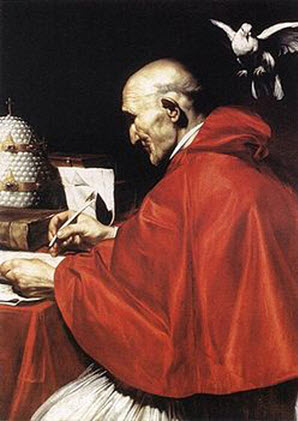
English historian Bede’s Historia ecclesiastica gentis Anglorum contains a letter from Pope Gregory I (Pope from 3 September 590 to his death in 604) to Saint Mellitus, who was then on his way to England to conduct missionary work among the pagan Anglo-Saxons. Pope Gregory I, suggested that converting heathens would go easier if they were allowed to retain the outward forms of their traditional pagan practices and traditions, while recasting those traditions spiritually towards the Christian God instead of to their pagan “devils”: “to the end that, whilst some gratifications are outwardly permitted them, they may the more easily consent to the inward consolations of the grace of God”.
Christmas as we know it today is essentially a fusion of ancient pagan practices and several hundred hundreds of years of adopting secular and religious traditions. For many of the symbols and motifs associated with the modern holiday of Christmas are derived from traditional pagan northern European Yule celebrations. The burning of the Yule log, the decorating of Christmas trees, the eating of ham, the hanging of boughs, holly, mistletoe, etc. are all historically practices associated with Yule.
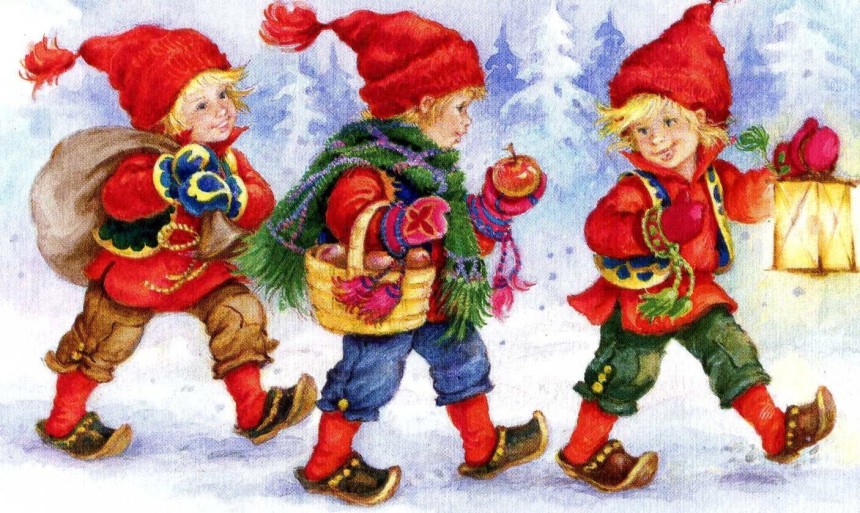 Norway: Jul
Norway: Jul
The main Jul event for Norwegians is on Julaften on December 24th, the evening of the main feast, is served and gifts are exchanged. Almost all Norwegian breweries produce traditional beer, juleøl, and a special soda, julebrus. Jul dishes are also served on Julebord, where people from work gather around early December to feast and drink alcoholic beverages. Also, seven types of cookies, julekaker, traditionally baked by the mother of the house, are prepared. There is also the Julebukk or Nyttårsbukk tradition of which it is common for children to pay visits to neighbours where they are given candy, nuts and clementines. The children may dress up and go out every day between Juleaften and New Year’s Eve. Adults, as well, dress up later in the evening and Drammebukk by paying visits to neighbors in much the same way as the children, but the main difference is that adults are given drinks instead of candy. (Source: Wikipedia)
Denmark: Jul
In Denmark, Jul is celebrated on December 24, which is referred to as Juleaftensdag. An elaborate dinner is eaten with the family consisting of either roast pork, roast duck or roast goose with potatoes, red cabbage and gravy. For dessert rice pudding is served, traditionally with an almond hidden inside. The lucky finder of this almond is entitled to a small gift. After the meal is complete, the family gather around the Juletræ and sing Christmas carols. When the singing is complete, the children often hand out the presents. They are opened and this is followed by candy, chips, different kind of nuts, clementines and sometimes the traditionally Gløgg (mulled and spiced wine with almonds and raisins), which is served hot in small cups. (Source: Wikipedia)
Sweden: Jul
As in many other countries in northern Europe, Jultomten brings the presents on julafton (Yule Eve), December 24, the day generally thought of as the main Jul day. Many swedes watch Kalle Anka och hans vänner, a compilation of Disney films. Almost all Swedish families celebrate with a julbord. The common part of almost all julbord is the julskinka (baked ham). The julbord is served with beer or julmust and snaps, the dishes of the julbord may vary throughout Sweden. Businesses traditionally invite their employees to a julbord dinner or lunch the weeks beforehand, and people go out privately to restaurants offering julbord during December, as well. Swedes also enjoy glögg like in many other countries of Scandinavia. After the julbord, the presents are distributed, either by Jultomten or a family member, and usually from a sack or from under the Christmas tree where they have been laying all day or for several days. In older days a julbock (yule goat) was an alternative to Jultomten, nowadays it is used as an ornament, ranging from sizes of 10 cm to huge constructions like the Gävle goat. The next morning, some people attend the julotta, an early morning church service on jul day. (Source: Wikipedia)
Shetland Islands: Yules
In the Shetland Islands of Scotland the Yules are considered to last a month beginning on December 18th and ending January 18th. The main Yules celebration occurs in between, on December 31st. The rest of Scotland eventually adopted “Hogmanay” (the name of the New Years presents) as the festival’s name. (Source: Wikipedia)
Neopaganism
As forms of Neopaganism can be quite different and have very different origins, these representations can vary considerably despite the shared name. Some celebrate in a manner as close as possible to how they believe that the Ancient Germanic pagans observed the tradition, while others observe the holiday with rituals culled from numerous other unrelated sources, Germanic culture being only one of the sources used. (Source: Wikipedia)
Germanic neopaganism: Yule
In Germanic Neopagan sects, Yule is celebrated with gatherings that often involve a meal and gift giving. Further attempts at reconstruction of surviving accounts of historical celebrations are often made, a hallmark being variations of the traditional. However, it has been pointed out that this is not really reconstruction as these traditions never died out – they have merely removed the superficial Christian elements from the celebrations. Groups such as the Asatru Folk Assembly in the U.S. recognize the celebration as lasting for 12 days, beginning on the date of the winter solstice. (Source: Wikipedia)
Wicca: Yule
In general, many Wiccan based sects favor a plethora of sources on winter solstice holidays to recreate a type of Yule holiday. While the name “Yule” is used, it is not a reconstruction of the historical holiday. Wreaths, Yule logs, decoration of trees, decorating with mistletoe, holly, and ivy, exchanges of presents, and even wassailing are incorporated and regarded as sacred. The return of the Sun as Frey is commemorated in some groups. In most Wiccan sects, this holiday is also celebrated as the rebirth of the Great God, who is viewed as the newborn solstice sun. (Source: Wikipedia)
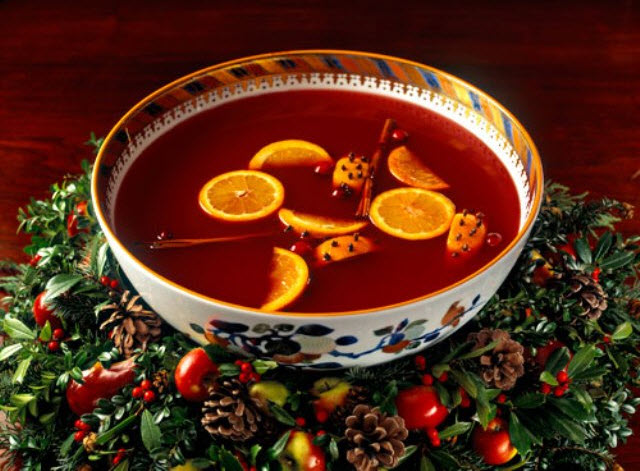 Wassail is a hot beverage of mulled punch associated with Yuletide. Historically, the drink was a mulled cider made with sugar, cinnamon, ginger, and nutmeg and topped with slices of toast. Modern recipes begin with a base of wine, fruit juice, or mulled ale, sometimes with brandy or sherry added. Apples or oranges are often added to the mix. While the beverage typically served as “wassail” at modern holiday feasts with a medieval theme most closely resembles mulled cider, historical wassail drinks were completely different, more likely to be mulled beer, or mead. Sugar, ale, ginger, nutmeg, and cinnamon would be placed in a bowl, heated, and topped with slices of toast. Some recipes also call for beaten eggs to be tempered into the drink. (Source: Wikipedia)
Wassail is a hot beverage of mulled punch associated with Yuletide. Historically, the drink was a mulled cider made with sugar, cinnamon, ginger, and nutmeg and topped with slices of toast. Modern recipes begin with a base of wine, fruit juice, or mulled ale, sometimes with brandy or sherry added. Apples or oranges are often added to the mix. While the beverage typically served as “wassail” at modern holiday feasts with a medieval theme most closely resembles mulled cider, historical wassail drinks were completely different, more likely to be mulled beer, or mead. Sugar, ale, ginger, nutmeg, and cinnamon would be placed in a bowl, heated, and topped with slices of toast. Some recipes also call for beaten eggs to be tempered into the drink. (Source: Wikipedia)
The Wassail Song (traditional English)
Here we come a-wassailing
among the leaves so green.
Here we come a-wand’ring
so fair to be seen.
Love and joy come to you,
and to all your wassail, too,
may the gods bless you, and send you
a Happy New Year,
the gods send you a Happy New Year.
Good master and good mistress,
as you sit beside the fire,
pray think of us poor children
who wander through the mire.
Love and joy come to you,
and to all your wassail, too,
may the gods bless you, and send you
a Happy New Year,
the gods send you a Happy New Year.
Bring us out a table fine
and spread it out with cloth;
Bring us out a farmer’s cheese,
and some of your Christmas loaf.
Love and joy come to you,
and to all your wassail, too,
may the gods bless you, and send you
a Happy New Year,
the gods send you a Happy New Year.
Druids: Oak King Battling Holly King
On the Solstice, druids would gather by the oldest Mistletoe clad Oak. The Chief Druid would make his way to the mistletoe to be cut whilst below, other Druids would hold open a sheet to catch it, making sure none of it touched the ground. With his Golden Sickle, and in one chop, the Chief Druid would remove the mistletoe, to be caught below.
The early Christian church banned the use of mistletoe because of its association with Druids. The holiday is observed in a manner that commemorates the death of the Holly King identified with the wren bird (symbolizing the old year and the shortened sun) at the hands of his son and successor, the robin redbreast Oak King (the new year and the new sun that begins to grow) (Farrar & Farrar [1989] 1998: 35-38). The Battle of the Holly King and Oak King is re-enacted at rituals, both open and closed. The battle is usually in the form of words but it has been known fo there to be sword battles. The scene above depicts The Oak Kings final strike against his brother, The Holly King and to ultimate victory, at least for the next six months. (Source: Wikipedia)
America: Eggnog

Eggnog is traditionally consumed throughout the United States from American Thanksgiving through the end of the Christmas seasons every year. The word eggnog seems to have been an American invention, first appearing in the late 1700’s. However, no one is sure where it came from. It may have evolved from nog, an old English name for a variety of strong beer, or from noggin, a small wooden mug used to serve drinks in taverns.
In Britain, the drink was popular mainly among the aristocracy. Those who could get milk and eggs mixed it with brandy, Madeira, or sherry to make a drink similar to modern alcoholic egg nog. The drink crossed the Atlantic to the British colonies during the early 18th century.

George Washington, the Command-in-Chief of the Contiental Army during the American Revolutionary War, one of the Founding Fathers, and first President of the United States, was a fan of eggnog. Washington had his own eggnog recipe, and ordered his servants that be prepared and served according to his specifications during his Christmas celebration events at his home and plantation at Mount Vernon, and during his Presidency (1789-1797).
The first President’s brew wasn’t an eggnog for the fainthearted, given its alcohol content:
One quart of heavy cream
One quart of milk
One dozen tablespoons sugar
One dozen eggs
One pint brandy
½ pint rye whiskey
½ pint Jamaica rum
¼ pint sherry
Directions: Mix the liquor first, then separate the yolks and whites of eggs, add sugar to beaten yolks, mix well. Add milk and cream, slowly beating. Beat whites of eggs until stiff and fold slowly into mixture. Let sit in a cold place for several (3-5) days before serving. The recipe ends with a congenial “Taste frequently.”
Nobody could tell a lie after having a few cups.
– – – – – – – – – – – –
Make the best, most informed decisions possible, empowered with the knowledge and insight that astrology can offer so you can live according to your soul’s code and calling in business and life. Get strategic actionable advice in a consultation with William.

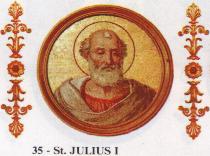


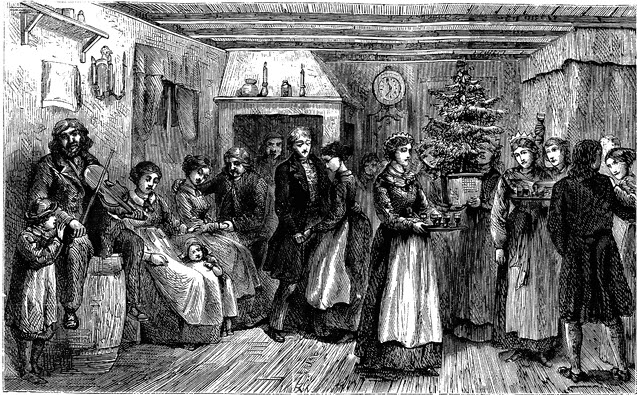






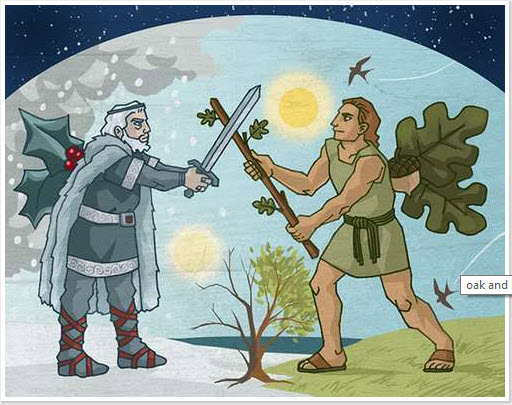
Reblogged this on Anthony Louis – Astrology & Tarot Blog.
LikeLiked by 1 person
Thanks, both Kings carry arms that resemble tarot cards suits.
LikeLike
UPDATED CHRISTMAS ARTICLE HERE: https://williamstickevers.wordpress.com/2016/12/11/christmas-celebration-in-history-from-336-2016/
LikeLike
Pingback: Top 10: Most Popular Blog Posts of 2018 | WILLIAM STICKEVERS